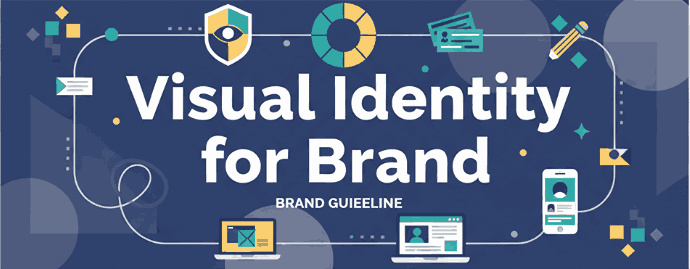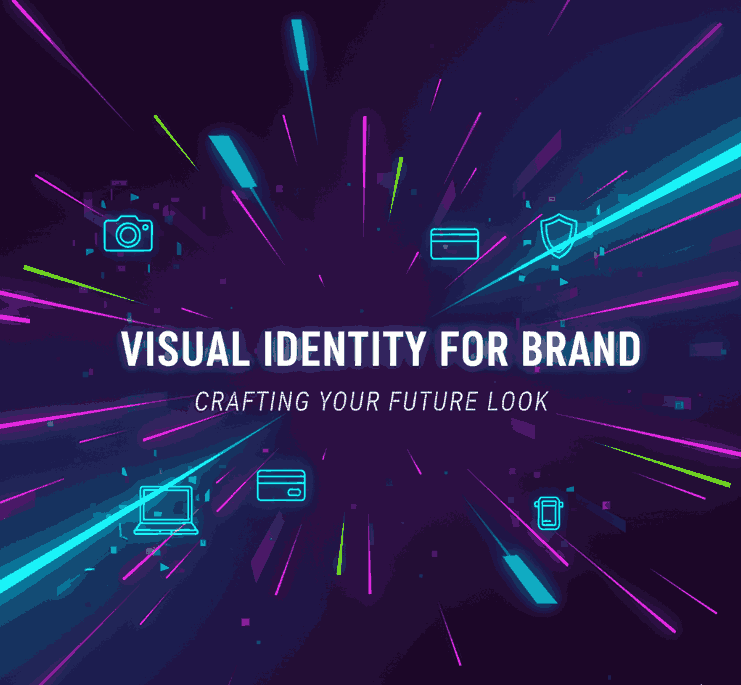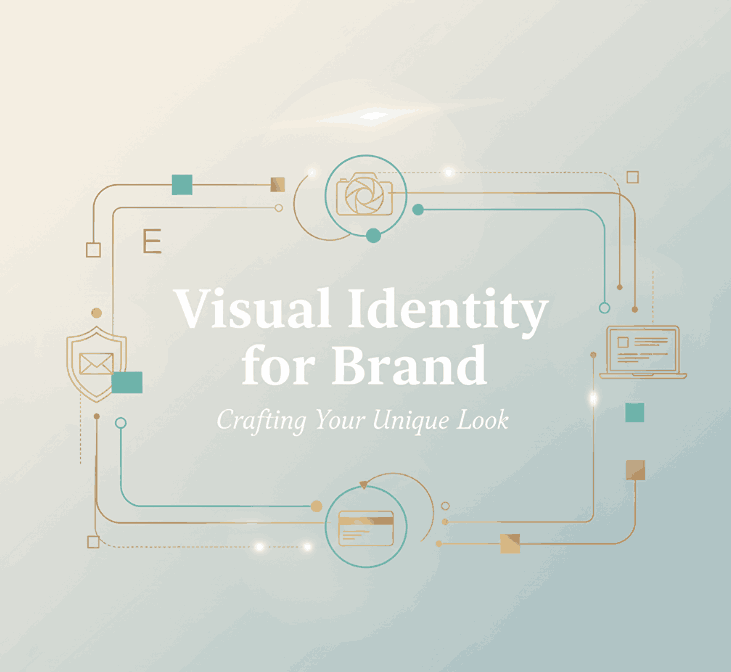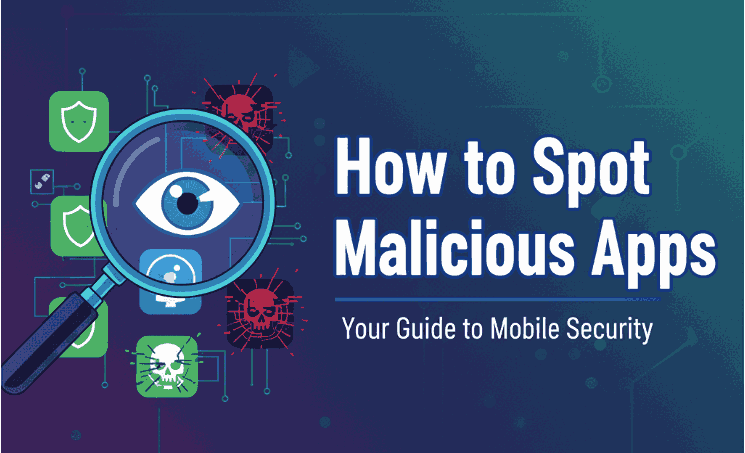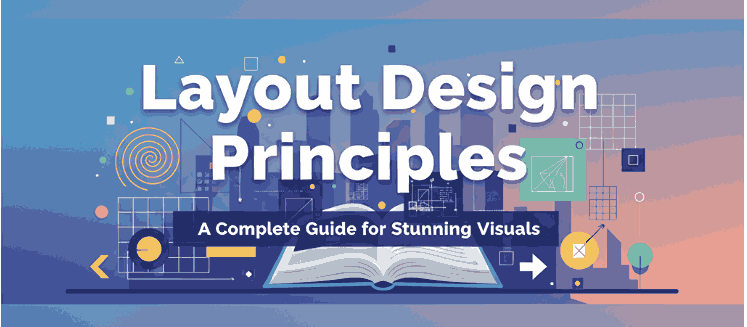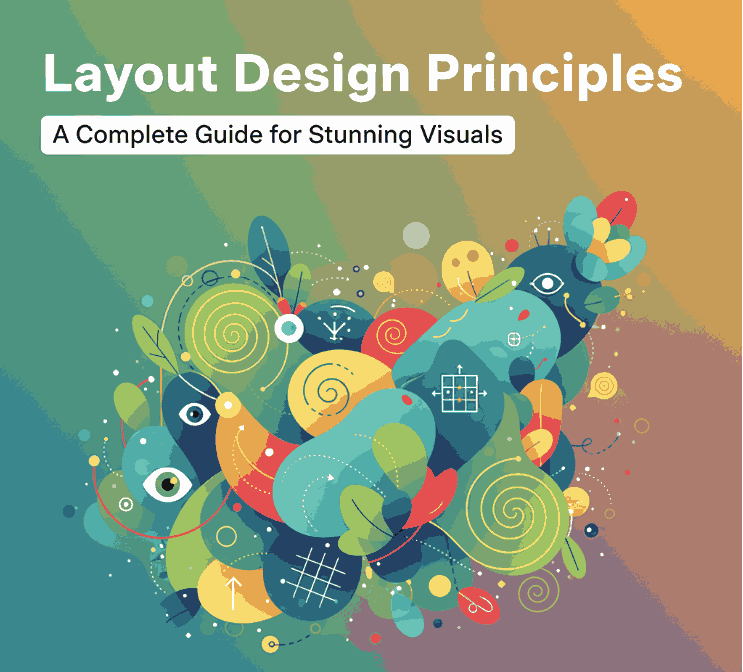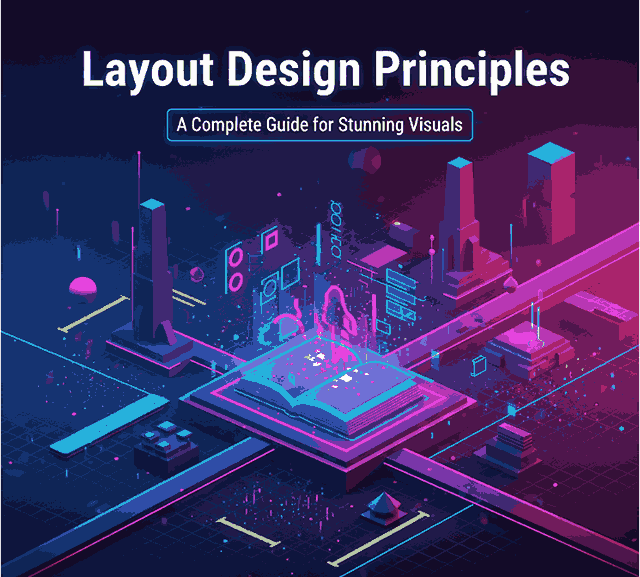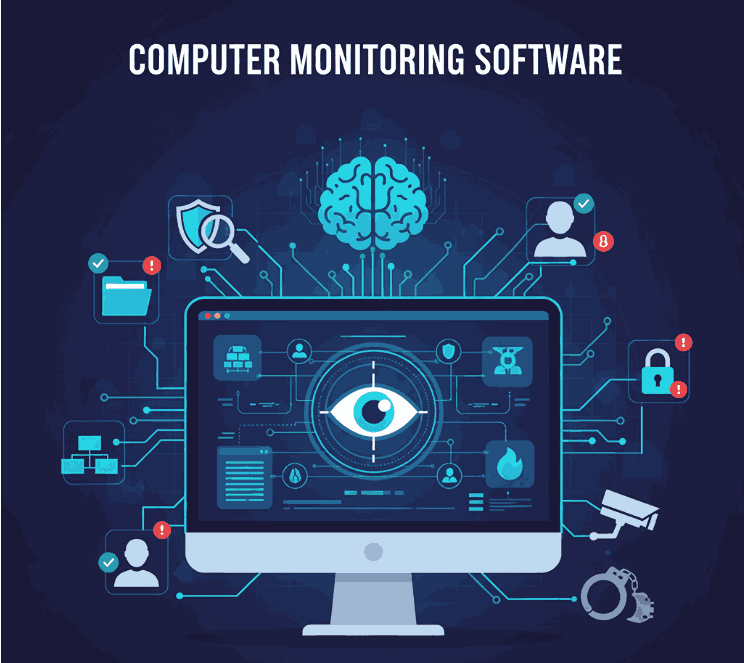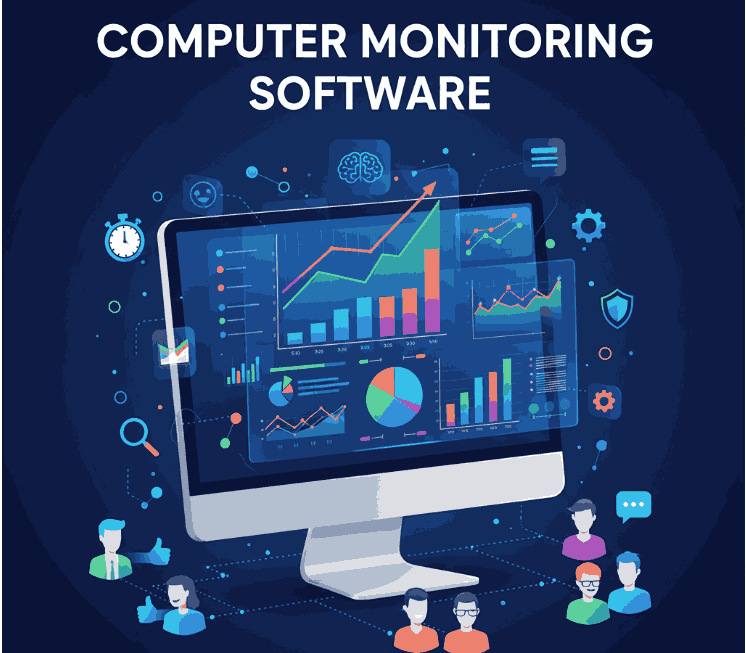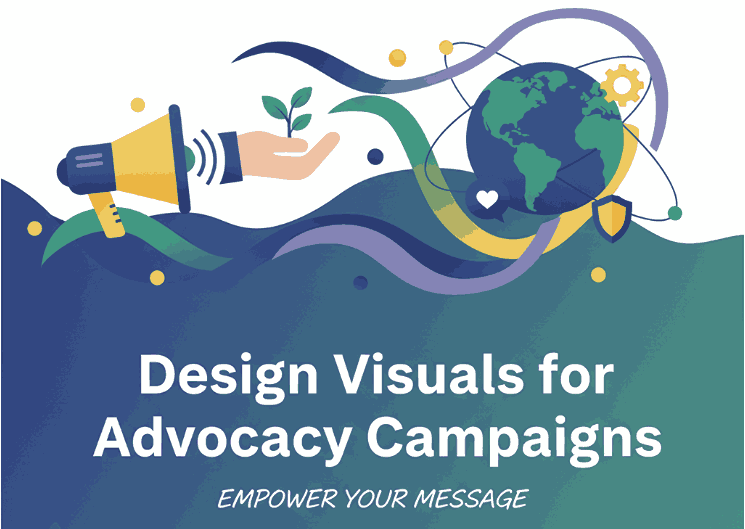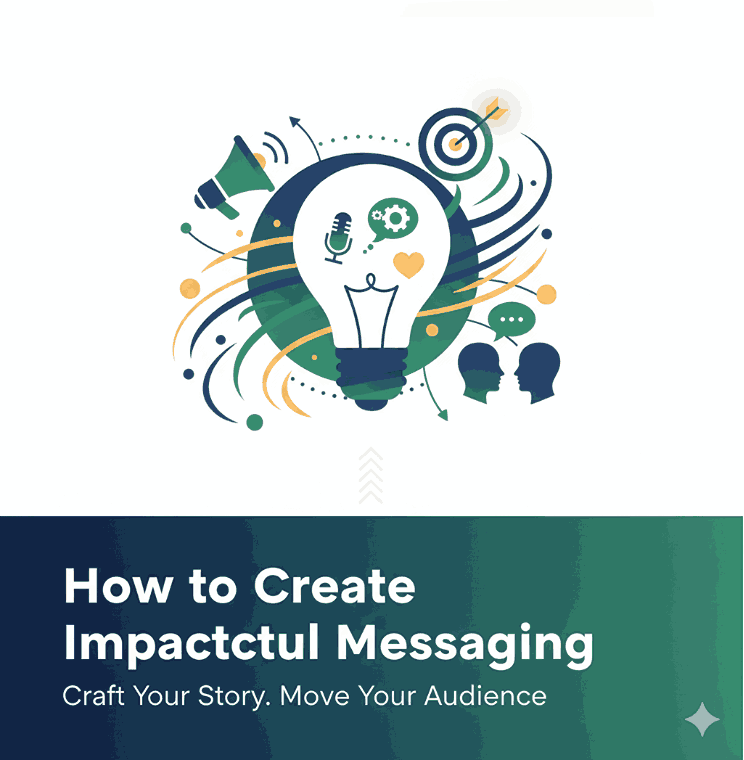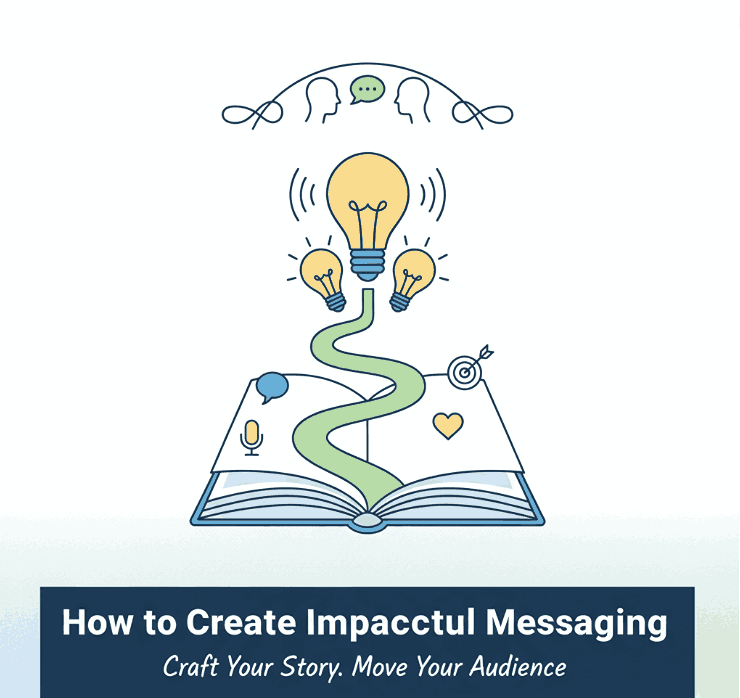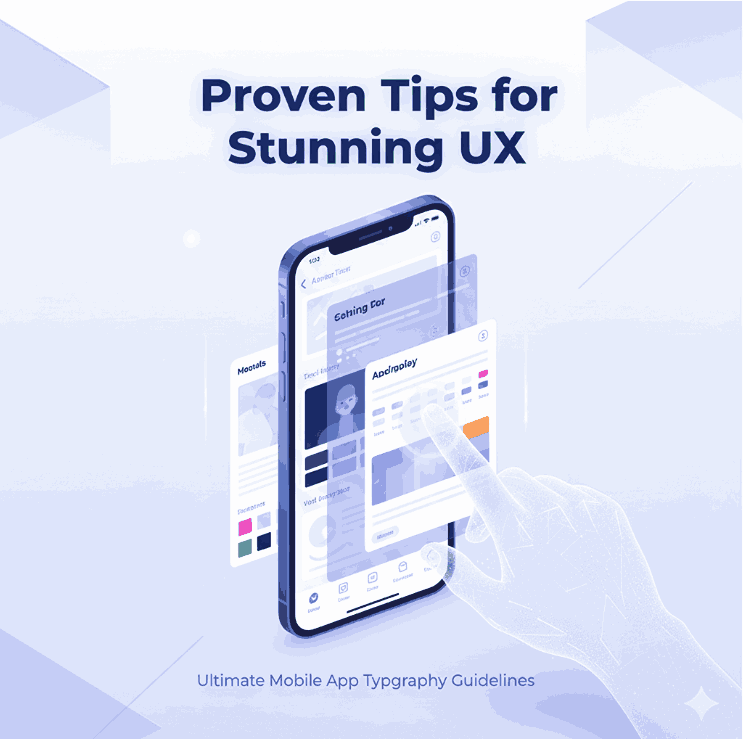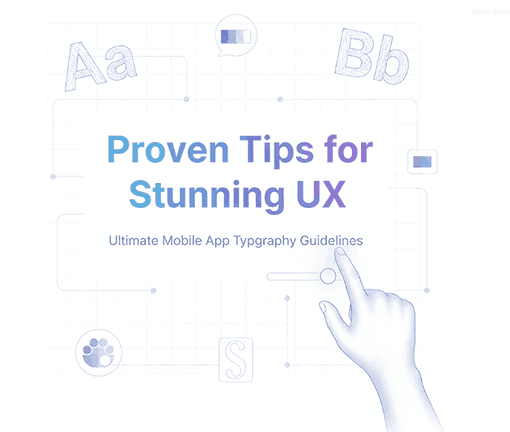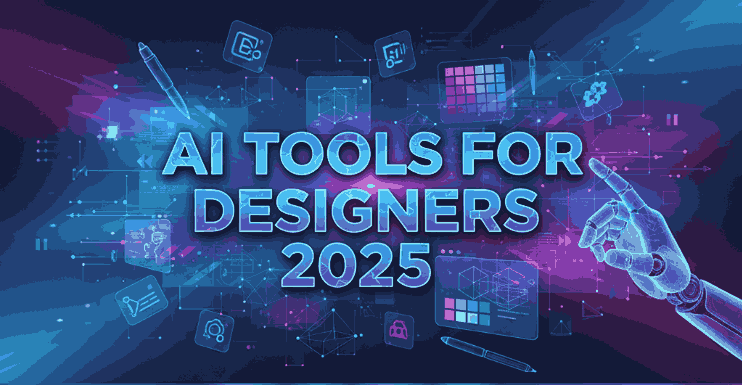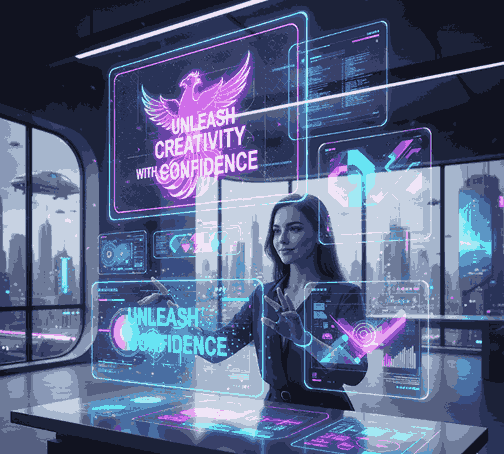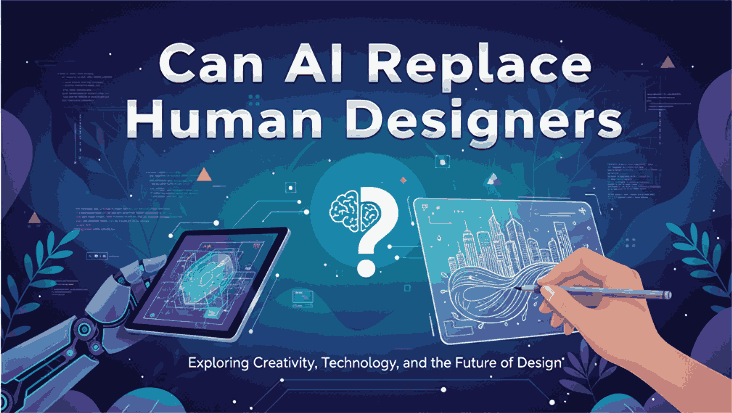
Table of Contents
- Introduction
- The Rise of AI in Design
- Strengths of AI in Design Tasks
- The Irreplaceable Human Designer: What AI Can’t Do
- Human + AI: A Synergistic Future
- Risks, Limitations & Ethical Considerations
- Practical Advice for Designers & Font Creators
- Conclusion
- References
1. Introduction
The question “Can AI replace human designers” is more than a philosophical debate—it’s a real concern in creative industries today. From automated logo makers to generative art tools, AI is advancing fast. But does that mean human designers are obsolete? In this article, we dive into what AI can and cannot do, how designers should adapt, and why human creativity still holds a critical place.
2. The Rise of AI: Can AI Replace Human Designers in Modern Design?
AI tools like DALL·E, Midjourney, Stable Diffusion, and generative features in design suites are increasingly used to automate or assist in creative tasks. These tools can generate visual mockups, suggest layouts, or stylize images based on input.
AI in design is not just hype—many sources confirm that AI is already influencing design workflows. For instance, Design meets AI: challenges and opportunities notes AI’s deep integration into design disciplines, reshaping creation paradigms.
Another study highlights that AI “may support designers’ decision-making, prototyping, and ideation processes,” but the authors caution around bias and ethical issues.
Thus, AI is becoming part of the designer’s toolkit—but the leap from tool to full replacement is far from straightforward.
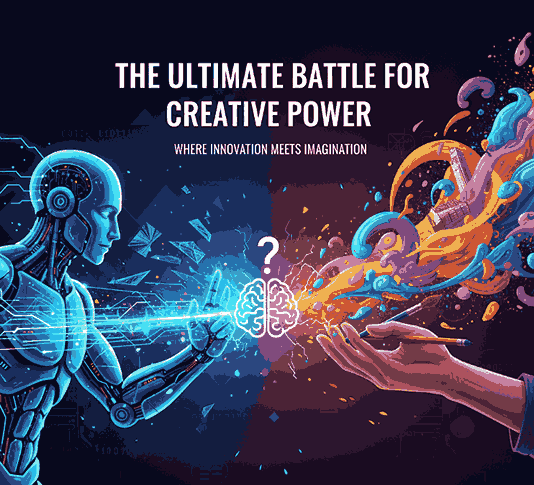
3. Strengths of AI in Design Tasks
AI shines in tasks that are:
- Repetitive and rule-based: resizing, color scheme generation, pattern generation, batch exports.
- Speed & scalability: generating multiple variations quickly.
- Data-driven insights: analyzing user behavior, A/B test results, or visual performance metrics.
- Pattern recognition: identifying styles, trends, or symmetry that a human might miss.
ManyPixels argues that AI cannot fully replace the human touch—but it helps streamline workflows and accelerates ideation.
And in product design, AI can handle many iterations and propose design variants for human review.
4. Why AI Can’t Fully Replace Human Designers
While AI is powerful, human designers retain unique strengths:
4.1 Emotional Intelligence & Empathy
Design is often about understanding human needs, emotions, culture, and context. AI lacks lived experience to truly empathize.
WeAreTechWomen emphasizes that emotional intelligence, ethics, and adaptability remain uniquely human qualities.
4.2 Intent, Narrative & Storytelling
Good design communicates a story or message. Deciding why something should look a certain way requires human judgment. AI can mimic styles, but it struggles with purpose and narrative context.
4.3 Originality & Conceptual Thinking
AI relies on existing data; it struggles to invent truly novel paradigms or break conventions. Nicole Steffen in The Limits of Artificial Intelligence in Graphic Design argues AI cannot be truly creative yet.
4.4 Ethics, Values & Bias
AI inherits biases from training data. Humans are necessary to oversee fairness, moral implications, and social context.
4.5 Vision & Strategy
Humans think long-term, consider branding, client relationships, market positioning, and evolving identity. AI typically focuses on surface execution.
Many design authors claim AI will never truly replace the human spark of ingenuity and vision.
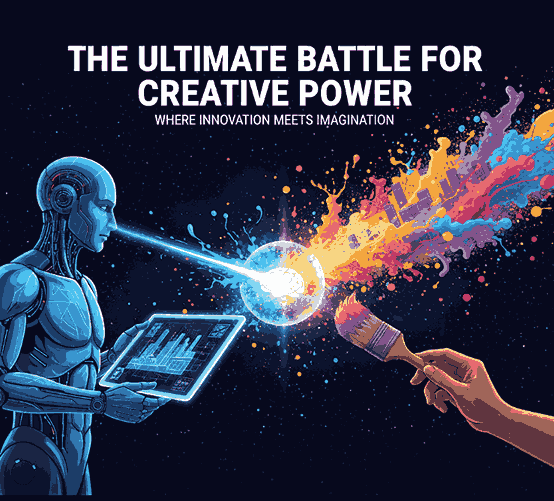
5. Can AI replace human : A Synergistic Future
The more realistic scenario is one of collaboration rather than replacement.
- Designers become prompt engineers: guiding Can AI replace human with insight (some see this already happening)
- AI assists in ideation, prototyping, or mockups; humans refine, select, contextualize.
- Design teams use AI to scale variations or automate mundane tasks, freeing humans to focus on creative direction and strategy.
- Some research on Can AI replace human co-creative systems points out pitfalls to avoid (e.g. overreliance, devaluing human contribution) but advocates balanced systems.
Hence, AI is more of an amplifier than a replacement.
6. Risks, Limitations & Ethical Considerations
- Overfitting to trends: AI may reproduce mainstream aesthetics, making many outputs look generic.
- Data bias: training data may exclude marginalized voices or reinforce stereotypes.
- Lack of accountability: who owns AI-generated work? Who is responsible for harmful content?
- Creative atrophy: over-reliance on AI could dull designers’ skills.
- Legal & copyright concerns: sourcing data, derivative work, licensing issues.
The study Can AI fully replace human designers? examines the complementary roles between AI-generated and human-created advertising.
Also, some point out that improvement in AI is continuous; but it still needs human oversight.
7. Practical Advice for Designers & Font Creators
If you run a font business like CalligraphyFonts.net, here’s how to navigate this evolving landscape:
- Embrace AI as a tool, not rival: Use generative tools to create mockups, style experiments, or variation drafts.
- Invest in your creative edge: Focus on originality, storytelling, concept development.
- Protect your IP: As AI evolves, safeguarding your unique font designs, licensing, and branding becomes more critical.
- Learn prompt engineering: To better guide AI tools and unlock creative possibilities.
- Curate and humanize output: Always refine AI outputs with human judgment.
- Show your craftsmanship: Use demo images, behind-the-scenes, or mockups to highlight the human touch.
As concrete examples, here are some of your premium fonts that can support high-quality design systems:
Using such fonts with intentional design will always require human curation, taste, and narrative decisions.
8. Conclusion
So, Can AI replace human? The short answer: not fully—for now and likely for the foreseeable future. AI can automate, assist, and expand capabilities, but it lacks emotional depth, ethics, narrative vision, and truly novel creativity.
The future lies in Can AI replace human + AI collaboration. Designers who lean into their unique strengths while leveraging AI tools will thrive. For font designers and creative agencies, success will come from weaving together technology, craftsmanship, and human insight.
References
- Design meets AI: challenges and opportunities – integration of AI in design disciplines.
- The Impact of AI in Graphic Design: Enhancing Creativity and Efficiency – on AI’s role in design processes.
- The Limits of Artificial Intelligence in Graphic Design – discussion of AI’s creative limitations.
- Why AI (desperately) needs designers – arguments for human necessity in design.

